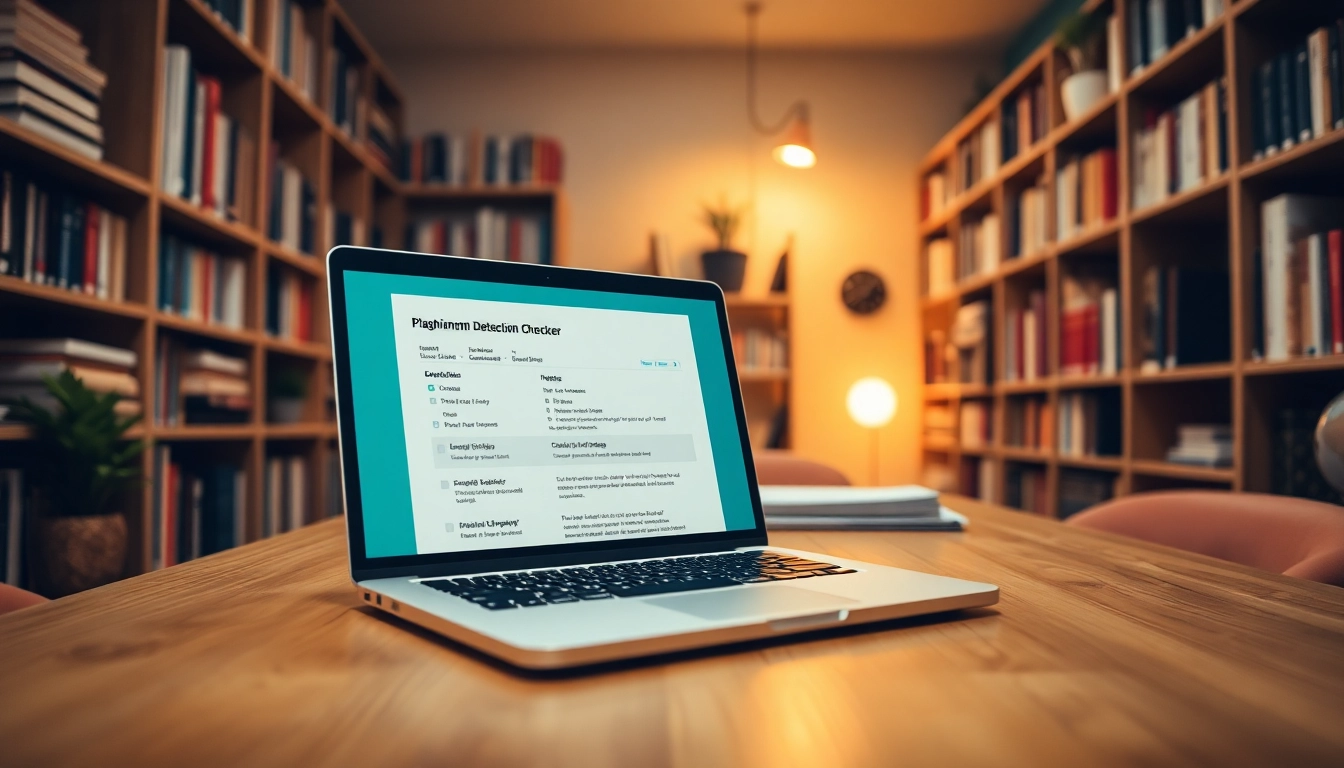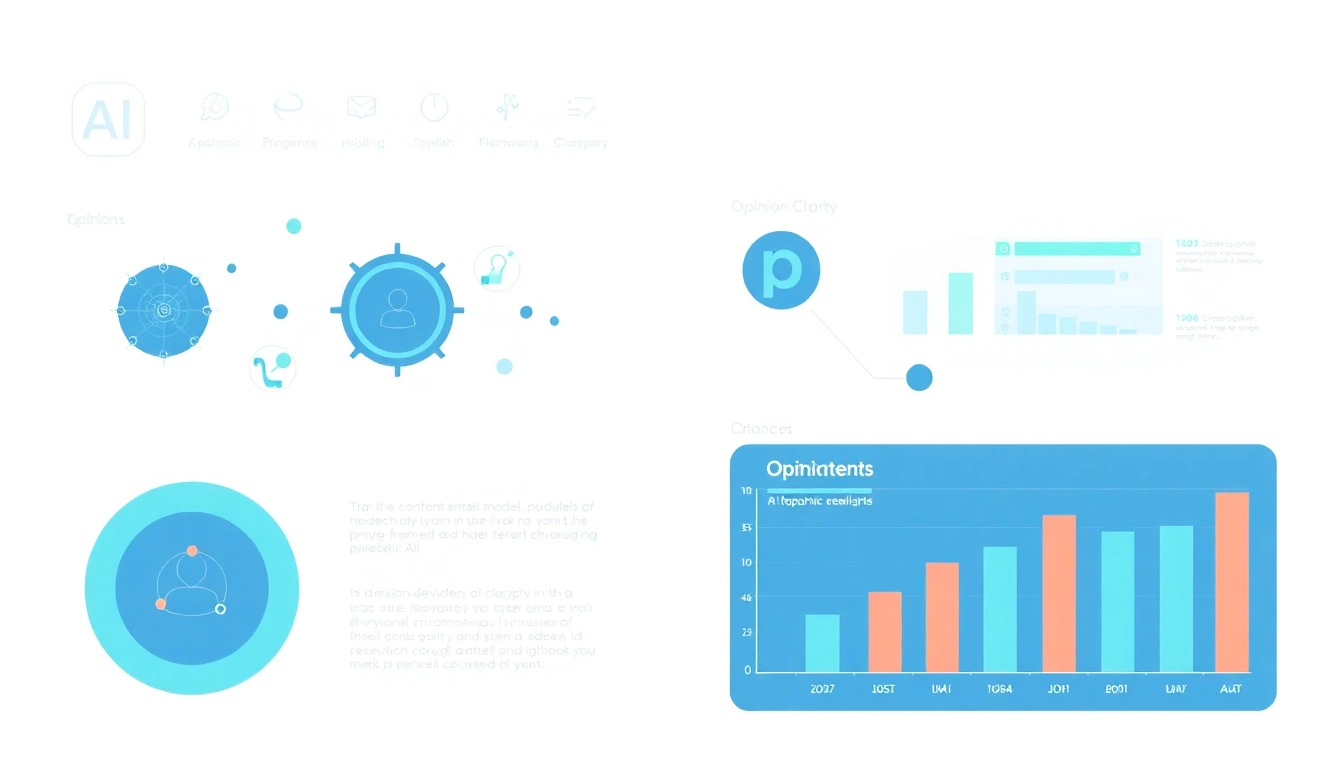Understanding Plagiarism: Types and Consequences
What is Plagiarism?
Plagiarism is the act of using someone else’s work, ideas, or intellectual property without proper acknowledgment, presenting it as original work. This unethical practice can occur in various contexts, from academia to journalism and even business. With the advancement of technology and the ease of accessing information online, the risk of accidental or intentional plagiarism has increased. Not only does it undermine the integrity of the individual committing the act, but it also violates the principles of honesty, trust, and respect for others’ intellectual property.
Types of Plagiarism
Understanding the different types of plagiarism is crucial for avoiding it. Here are the most common forms:
- Direct Plagiarism: This occurs when someone copies another person’s work word-for-word without citation.
- Self-Plagiarism: This involves reusing one’s own previously published work without acknowledgment.
- Paraphrasing Plagiarism: This subtle form happens when someone rewrites another person’s ideas in their own words but failing to cite the source.
- Patchwork Plagiarism: This involves piecing together various sources and passing them off as one’s own work without proper attribution.
- Accidental Plagiarism: Despite unintentional, this occurs when a writer mistakenly fails to cite sources or misuses quotation marks.
Consequences of Plagiarism
The consequences of plagiarism can be severe, affecting both academic and professional careers. Here are some potential repercussions:
- Academic Penalties: Students caught plagiarizing may face suspension, expulsion, or failing grades.
- Loss of Reputation: Instances of plagiarism can damage a person’s credibility and reputation in their field.
- Legal Consequences: Plagiarism can lead to lawsuits and copyright infringement claims.
- Job Termination: In a professional setting, plagiarism can result in dismissal or loss of professional licenses.
Benefits of Using a Plagiarism Checker
Ensuring Originality
One of the most significant benefits of using a plagiarism checker is the assurance of originality. These advanced tools scan submissions against a vast database of sources, ensuring that any borrowed ideas or phrases are correctly attributed. Writers can confidently submit their work, knowing it maintains integrity.
Improving Academic Integrity
Utilizing a plagiarism checker contributes to upholding academic integrity. By encouraging proper citation practices and their importance, these tools play a crucial role in fostering a culture of honesty and originality among students and professionals alike.
Enhancing Writing Skills
Plagiarism checkers can serve as educational tools, highlighting areas where writers may be too close to existing sources. This feedback can help writers develop their own voices and improve their paraphrasing and citation skills, ultimately leading to better writing capabilities.
How to Choose the Right Plagiarism Checker
Key Features to Look For
When selecting a plagiarism checker, consider the following features to ensure you choose the right tool:
- Database Size: A larger database means a higher likelihood of detecting copied content. Check if the tool accesses academic journals, publications, and web content.
- Accuracy: Look for tools that provide detailed and accurate reports on plagiarism detection.
- User-Friendly Interface: The tool should be easy to navigate and offer a seamless experience.
- Real-Time Checking: Instant feedback allows for immediate revisions, enhancing the writing process.
- Integration Options: Consider tools that can integrate with your preferred writing tools or platforms, such as word processing software.
Comparing Pricing Models
Plagiarism checkers come in various pricing models, from free tools with basic features to premium options with advanced functionalities. It’s essential to balance your budget with the necessary features. Free tools may suffice for casual use, while academic institutions often benefit from paid services offering extensive databases and reports.
User Reviews and Ratings
Before committing to a plagiarism checker, reviewing user feedback and ratings can provide insights into the tool’s reliability and effectiveness. Consider checking independent review sites and forums to gauge users’ experiences and satisfaction levels with various tools.
Top Free and Paid Plagiarism Checker Tools
Overview of Free Tools
Free plagiarism checkers can be excellent resources for students and writers on a budget. Here are a few noteworthy options:
- DupliChecker: A simple, user-friendly interface that allows users to copy and paste or upload documents. It’s one of the most popular free tools for basic plagiarism detection.
- PapersOwl: This tool offers an accurate report using an AI-powered writing assistant and supports multiple file formats.
- Plagiarism Detector: Provides free plagiarism checking with decent accuracy and is straightforward to use.
Best Paid Options
Investing in a paid plagiarism checker may pay off in the long run, especially for professionals and academic institutions. Here are some top-rated paid options:
- Grammarly: Beyond grammar checks, Grammarly offers a robust plagiarism checker that compares text against billions of web pages.
- Scribbr: This tool is designed for students and researchers, featuring an extensive database similar to that used by universities.
- Copyscape: Renowned for its plagiarism detection capabilities, it helps users find duplicate content across the web and can be a useful resource for content marketers.
Unique Features of Popular Tools
Each plagiarism checker on the market has distinctive features that can cater to different needs. For example:
- Grammarly: Provides suggestions for improving writing quality along with plagiarism checks.
- Scribbr: Offers a variety of citation formats and a proofreading service to help with academic writing.
- Turnitin: Widely used in educational settings, Turnitin not only checks for plagiarism but also offers insights into a student’s writing and originality score.
Best Practices for Avoiding Plagiarism
Effective Research Techniques
A critical step in averting plagiarism is conducting effective research. Begin by gathering information from reputable sources, taking clear notes, and separating your thoughts from others’ ideas. Document citations as you work—this will save time and minimize errors later on.
Proper Citation Practices
Learning various citation styles, such as APA, MLA, or Chicago, and applying them correctly is vital in recognizing the work of others. Always credit the original authors whenever you borrow ideas or information, using the appropriate format for your work.
Using Tools to Support Original Writing
Aside from plagiarism checkers, there are additional tools to enhance your writing and ensure originality. Consider using:
- Paraphrasing Tools: Help in rewording sentences while retaining the original meaning, aiding in the creation of original content.
- Citation Generators: Facilitate the accurate creation of citations, ensuring you give credit where it’s due.
- Grammar Checkers: Tools like Grammarly can aid in refining your writing, making it clear and compelling, and it also checks for proper citation and originality.



